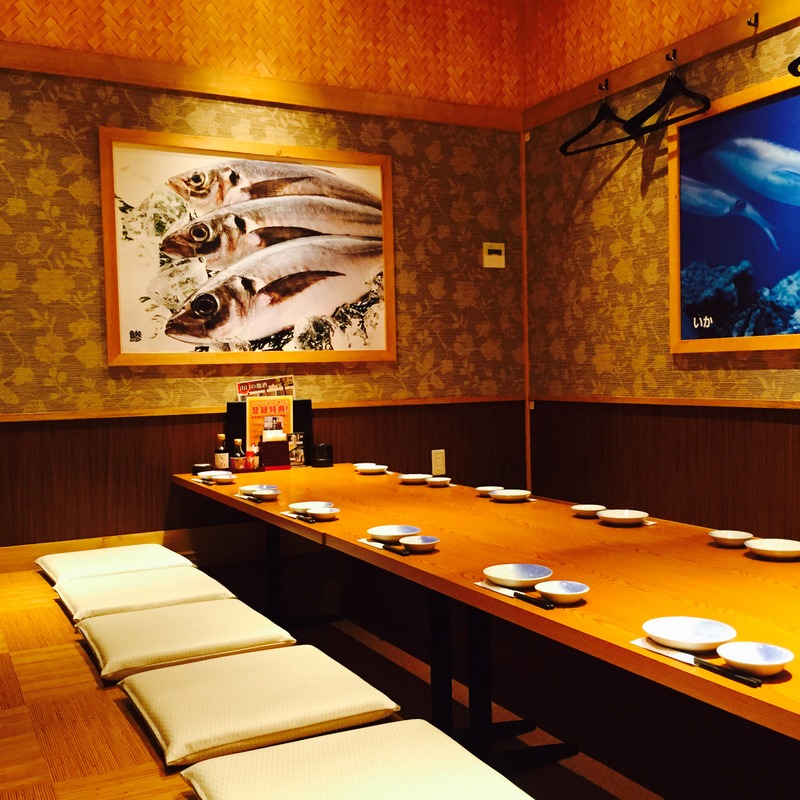Recommended sushi restaurants in Yamaguchi, Japan
-

Uosen Suisan, Aista Shin-Yamaguchi Store
Sushi restaurant in Yamaguchi [SUSHILIVE comment] -


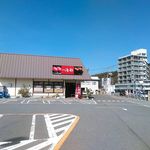
Kaito Ouchi-Mabori Branch
Sushi restaurant in Yamaguchi [SUSHILIVE comment] -


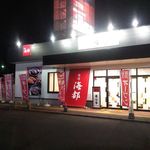
Kaito AEON TOWN Ogori Store
Sushi restaurant in Yamaguchi [SUSHILIVE comment] -


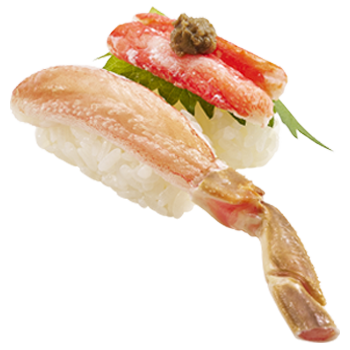
Sushiro Yamaguchi Kanda
Sushi restaurant in Yamaguchi [SUSHILIVE comment] -


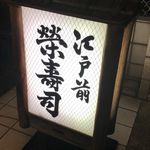
Sakaezushi
Sushi restaurant in Yamaguchi [SUSHILIVE comment] -


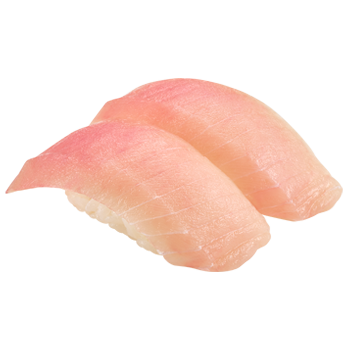
Sushiro Hofu Store
Sushi restaurant in Yamaguchi [SUSHILIVE comment] -


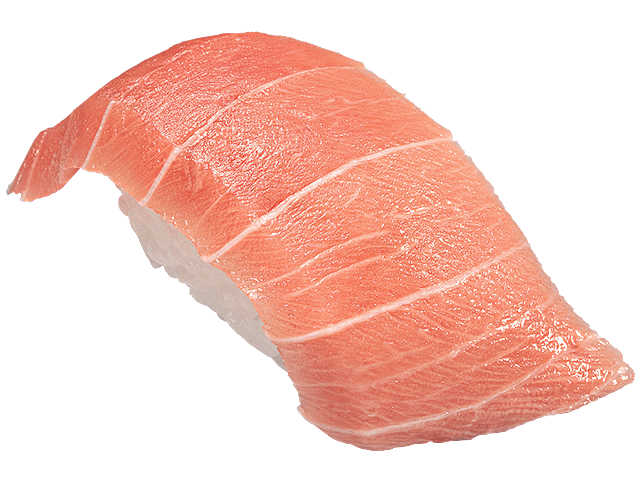
Kappa Sushi Hofu Branch
Sushi restaurant in Yamaguchi [SUSHILIVE comment] -



Kappa Sushi Yamaguchi
Sushi restaurant in Yamaguchi [SUSHILIVE comment] -


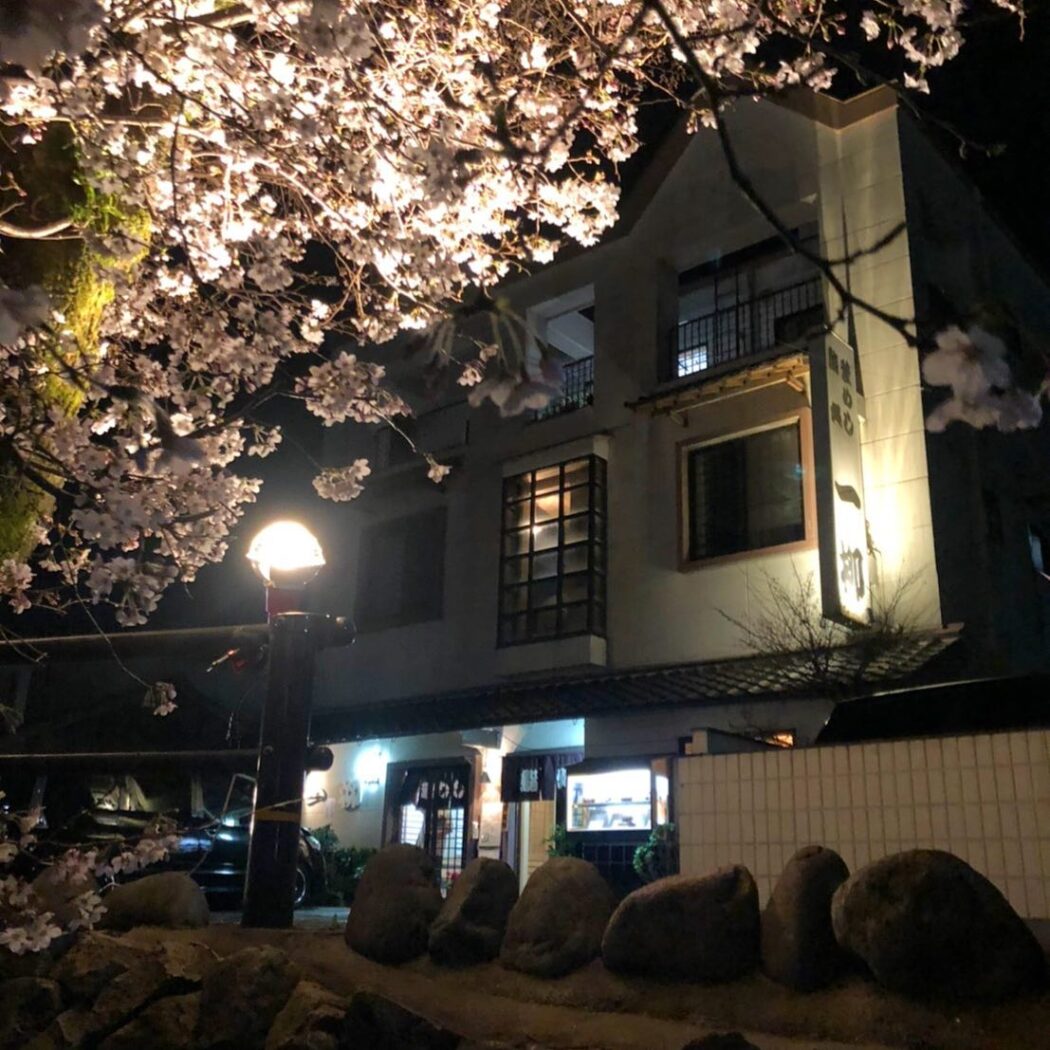
Ichiyanagi Sushi Restaurant
Sushi restaurant in Yamaguchi [SUSHILIVE comment] -


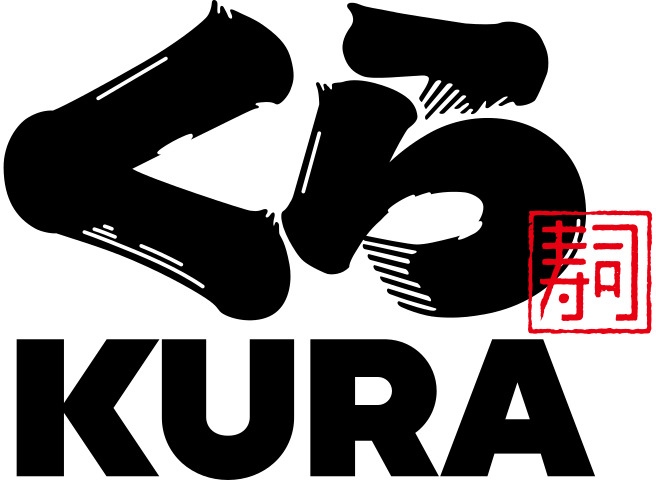
Muzoe Kurazushi Hofu Branch
Sushi restaurant in Yamaguchi [SUSHILIVE comment] -


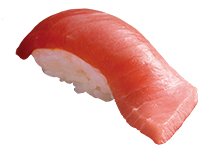
Hamazushi Yamaguchi Yuda
Sushi restaurant in Yamaguchi [SUSHILIVE comment] -


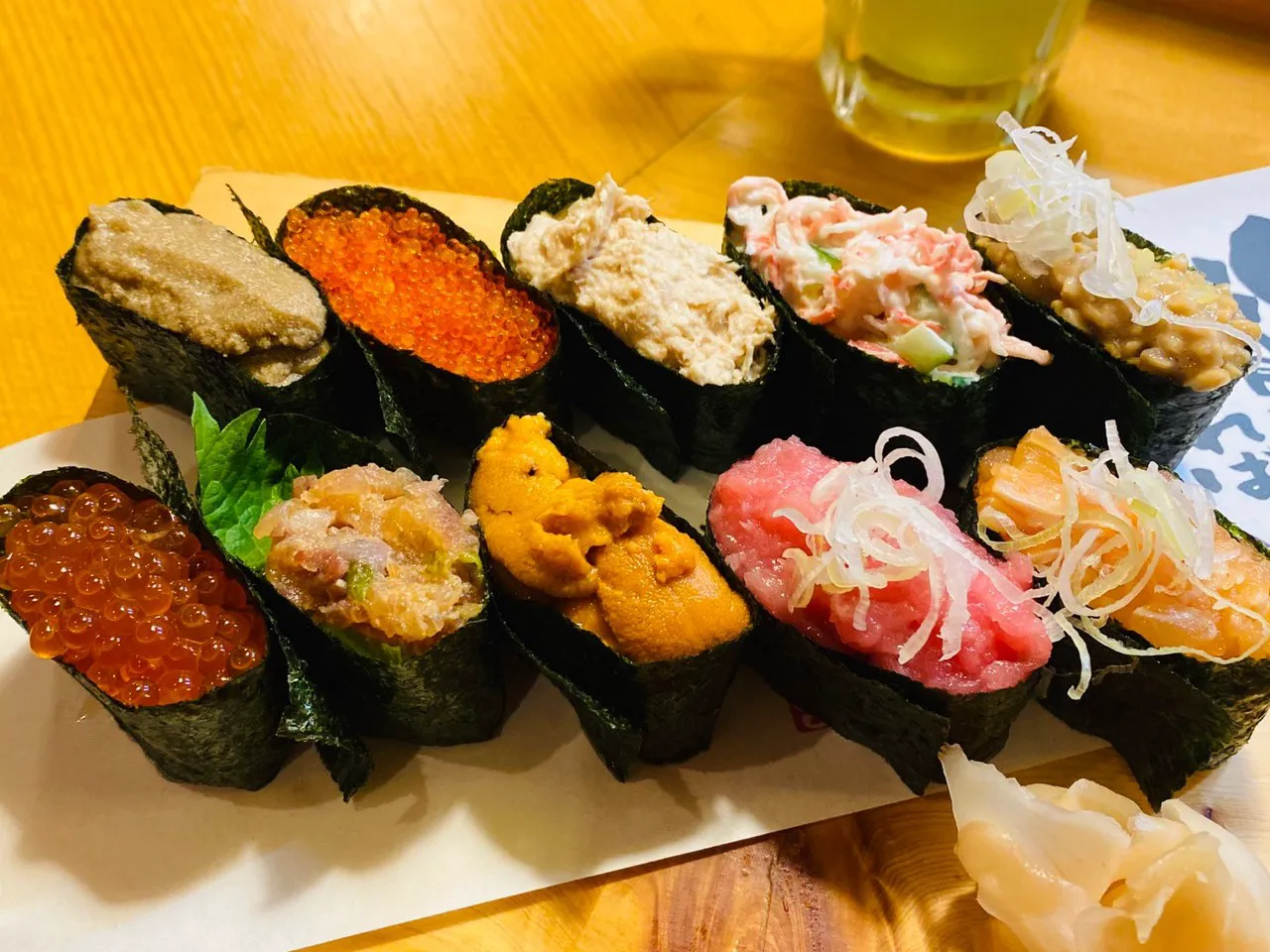
Sushi bar Yadai-zushi Shin-Yamaguchi Station Kitaguchi-cho
Sushi restaurant in Yamaguchi [SUSHILIVE comment] -


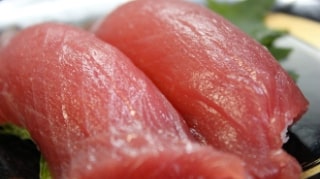
kaitenzukurana
Sushi restaurant in Yamaguchi [SUSHILIVE comment] -


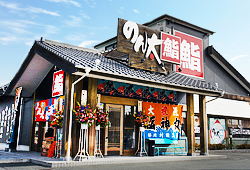
Nonta Sushi Hofu
Sushi restaurant in Yamaguchi [SUSHILIVE comment] -


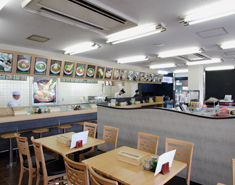
seafood
Sushi restaurant in Yamaguchi [SUSHILIVE comment] -


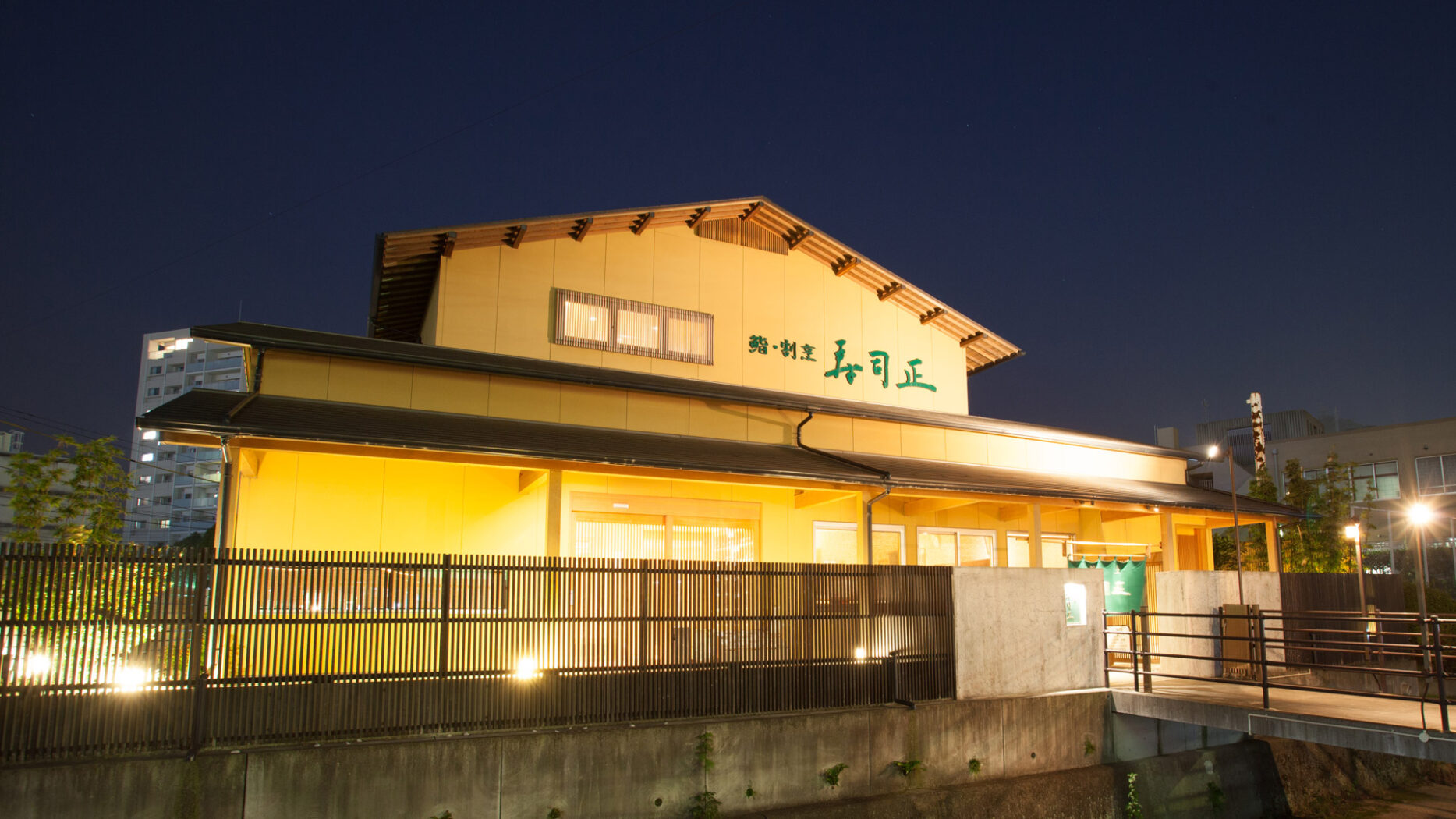
Sushi Masashi
Sushi restaurant in Yamaguchi [SUSHILIVE comment] -


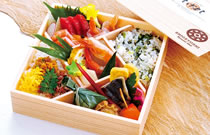
first flower of the season
Sushi restaurant in Yamaguchi [SUSHILIVE comment] -


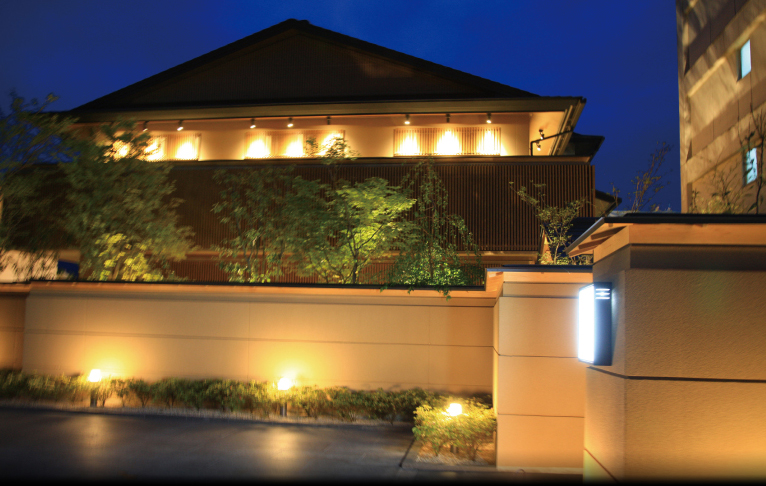
Kappo Remote no Yakata
Sushi restaurant in Yamaguchi [SUSHILIVE comment] -


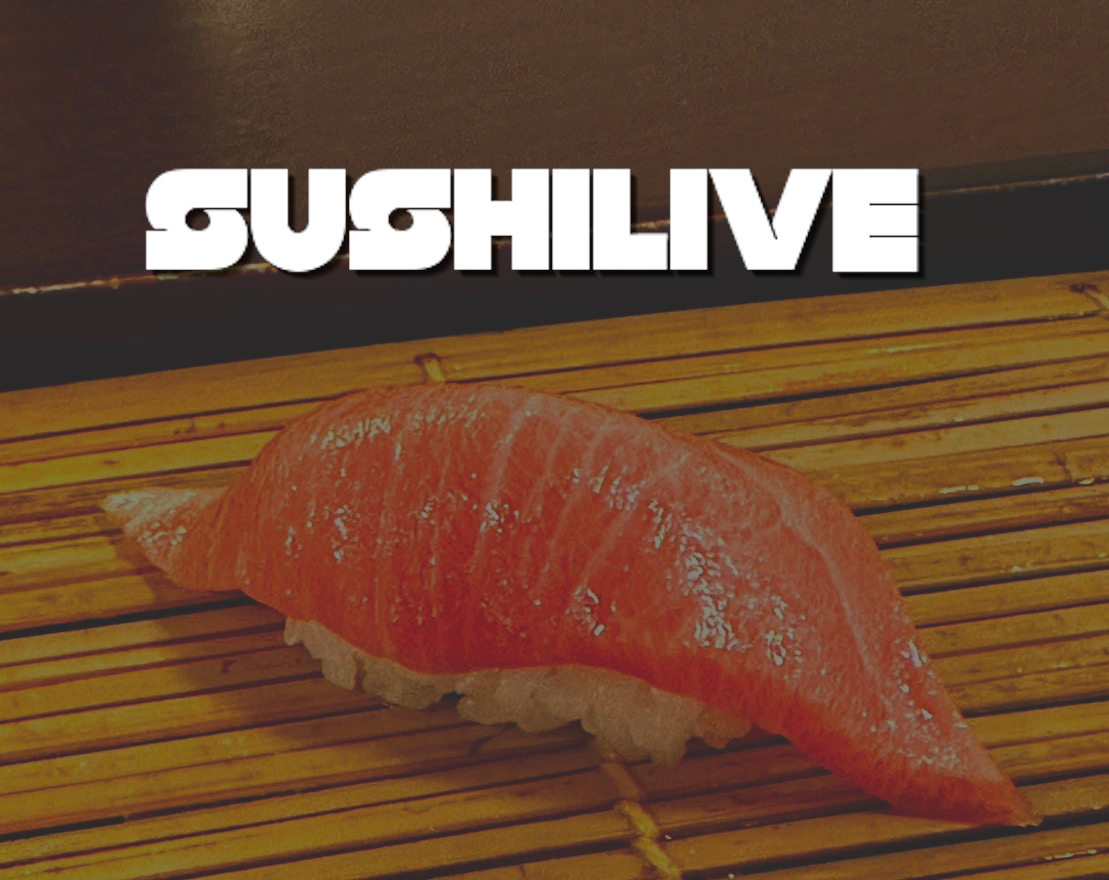
Shiraki Sushi Fuji Grand Yamaguchi
Sushi restaurant in Yamaguchi [SUSHILIVE comment] -


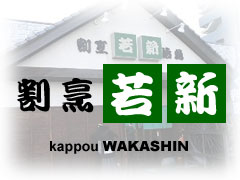
Cutting and cooking is like a new thing, and it's a small county store.
Sushi restaurant in Yamaguchi [SUSHILIVE comment] -



Ajiai
Sushi restaurant in Yamaguchi [SUSHILIVE comment] -


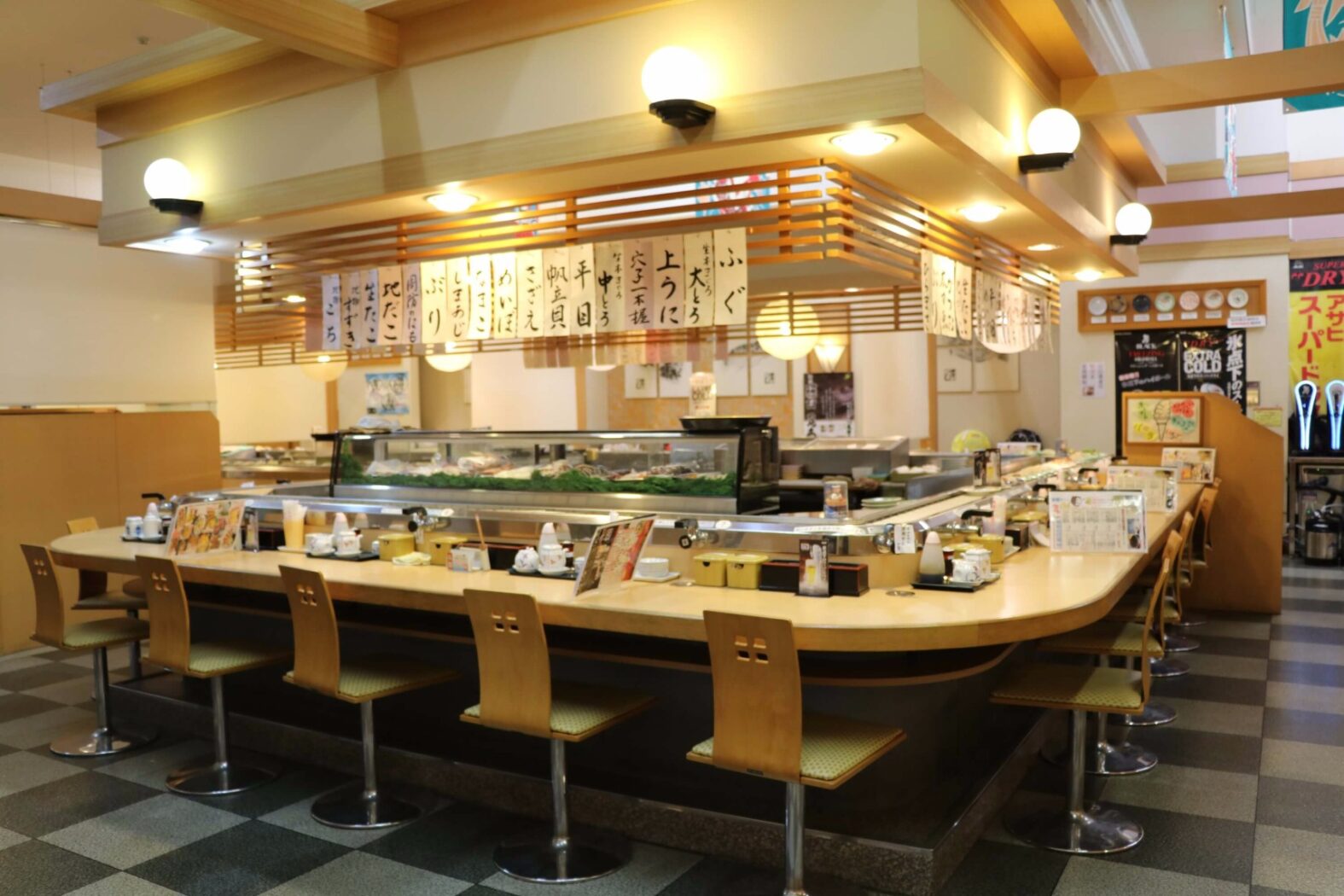
Family Conveyor-belt Sushi Hanako, Ogori Branch
Sushi restaurant in Yamaguchi [SUSHILIVE comment] -



mountain blow
Sushi restaurant in Yamaguchi [SUSHILIVE comment] -


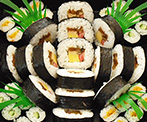
Catering Restaurant Kurayoshi
Sushi restaurant in Yamaguchi [SUSHILIVE comment] -



type of sushi with a variety ingredients sprinkled on the rice
Sushi restaurant in Yamaguchi [SUSHILIVE comment] -



Sushi Seasonal Cuisine Hiroshi
Sushi restaurant in Yamaguchi [SUSHILIVE comment] -



Naniwa Koichian Yamaguchi Izutsuya Store
Sushi restaurant in Yamaguchi [SUSHILIVE comment] -



thick slice of sushi rice seasoned with vinegar, sugar and salt, used for preparing sushi
Sushi restaurant in Yamaguchi [SUSHILIVE comment] -


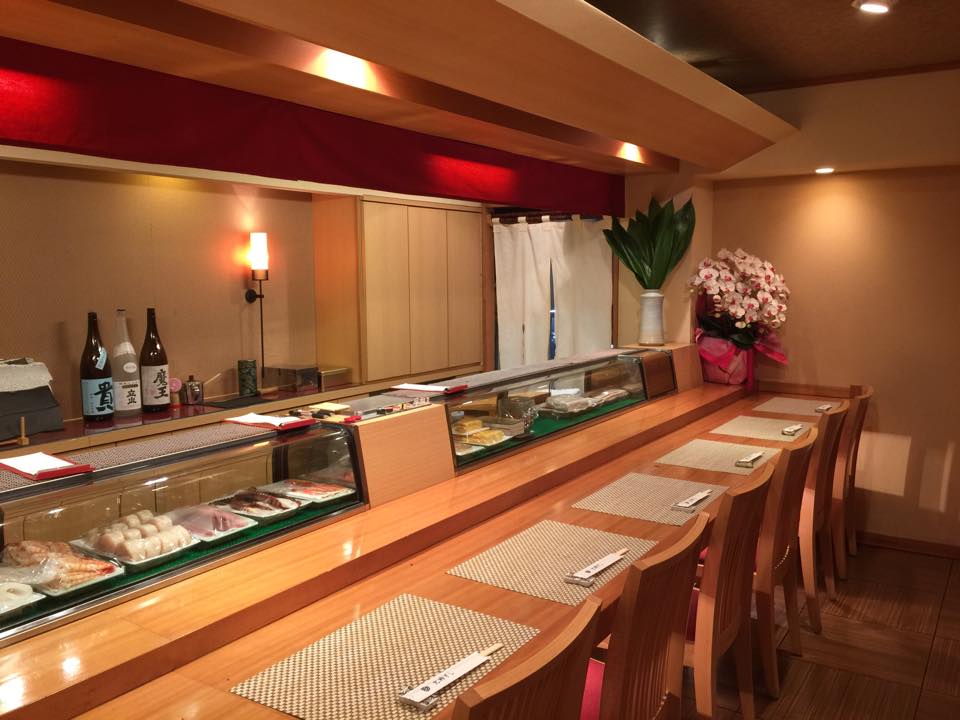
Genroku-zushi
Sushi restaurant in Yamaguchi [SUSHILIVE comment] -



someday
Sushi restaurant in Yamaguchi [SUSHILIVE comment]
Recommended conveyor belt sushi restaurants in Yamaguchi, Japan
-


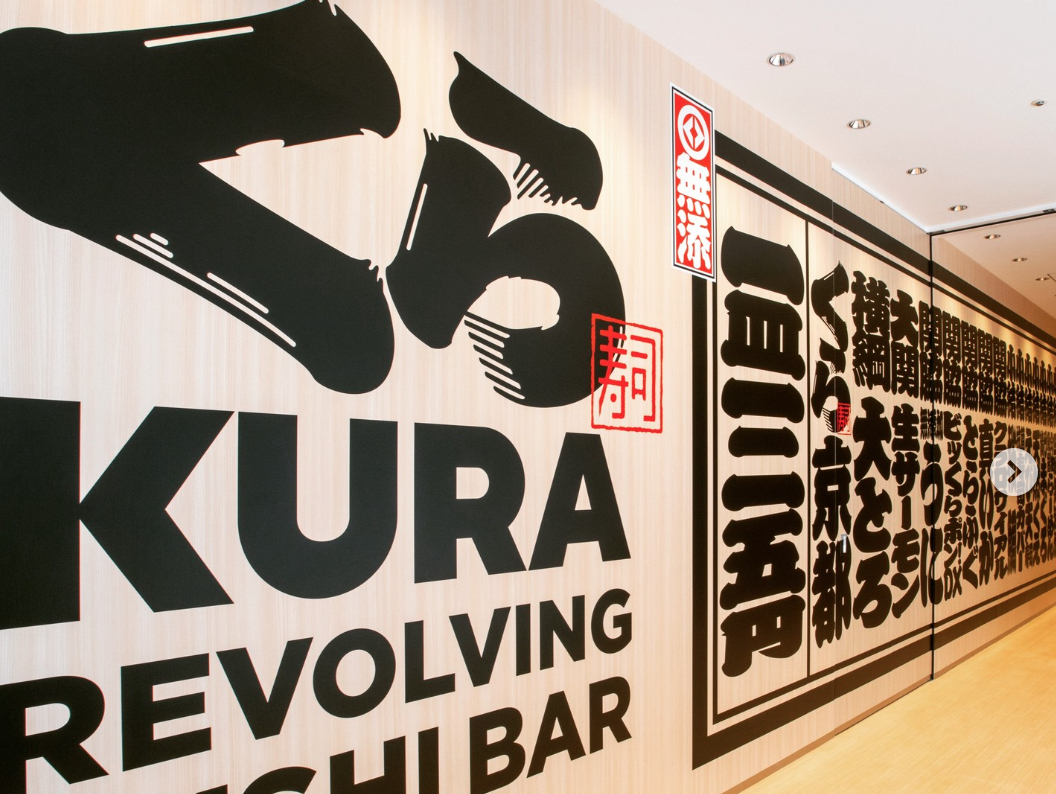
Kura Sushi Yamaguchi store
Sushi restaurant in Yamaguchi [SUSHILIVE comment] -


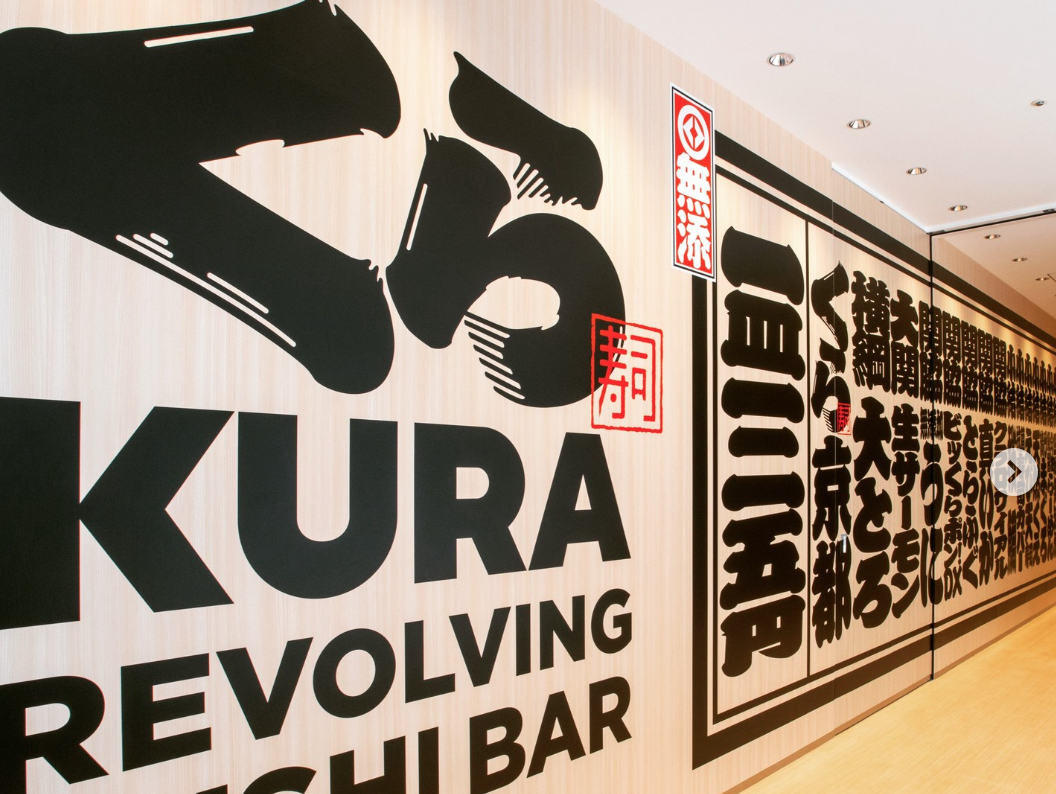
Kura Sushi Nitori Iwakuni
Sushi restaurant in Yamaguchi [SUSHILIVE comment] -


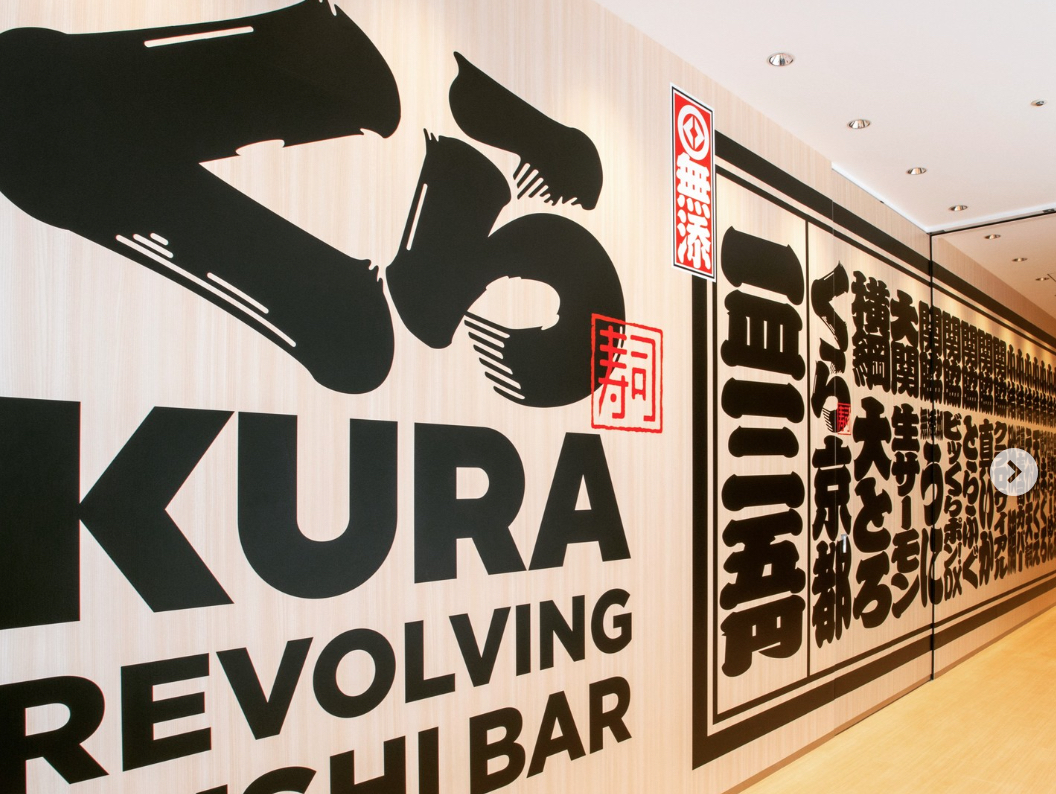
Kura Sushi Hofu Store
Sushi restaurant in Yamaguchi [SUSHILIVE comment] -


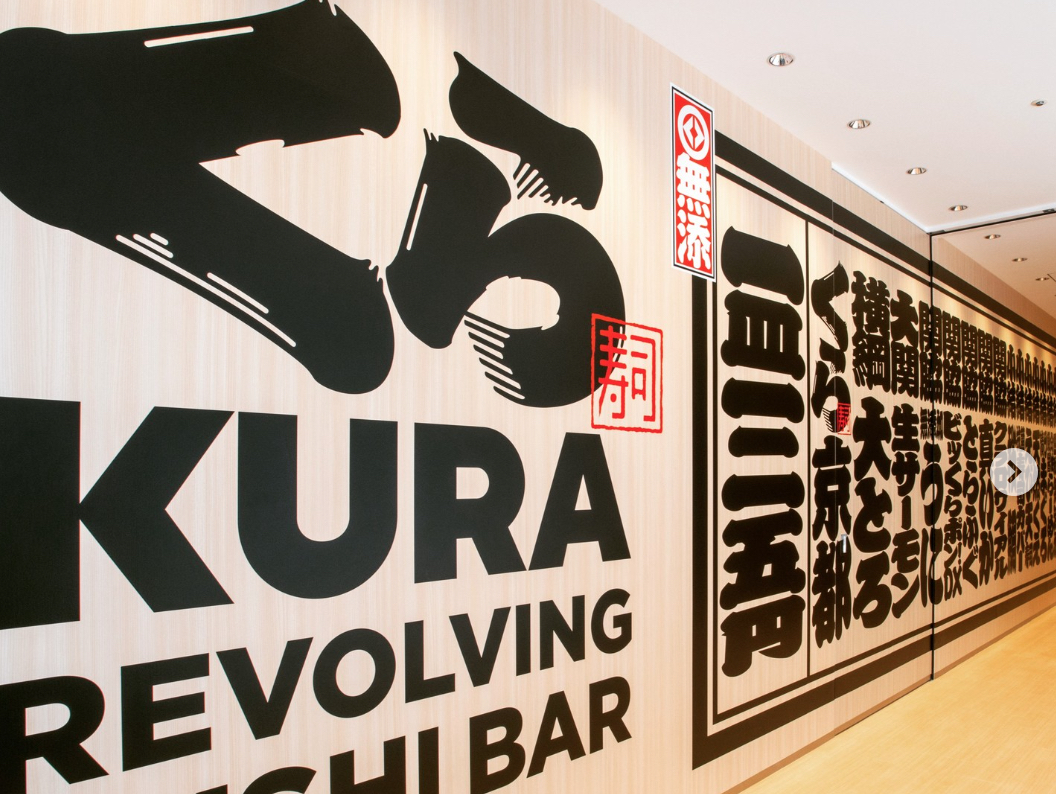
Kura Sushi Nitori Ube Atsunami
Sushi restaurant in Yamaguchi [SUSHILIVE comment] -


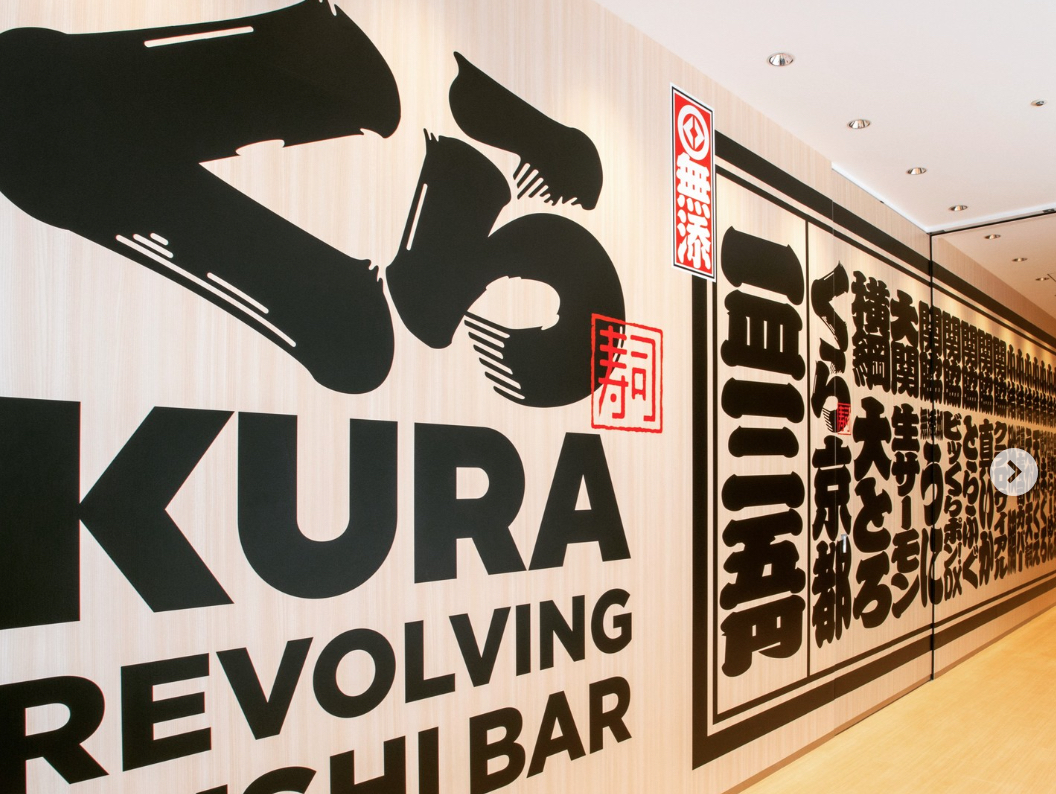
Kura Sushi Shimonoseki Yamada Store
Sushi restaurant in Yamaguchi [SUSHILIVE comment] -


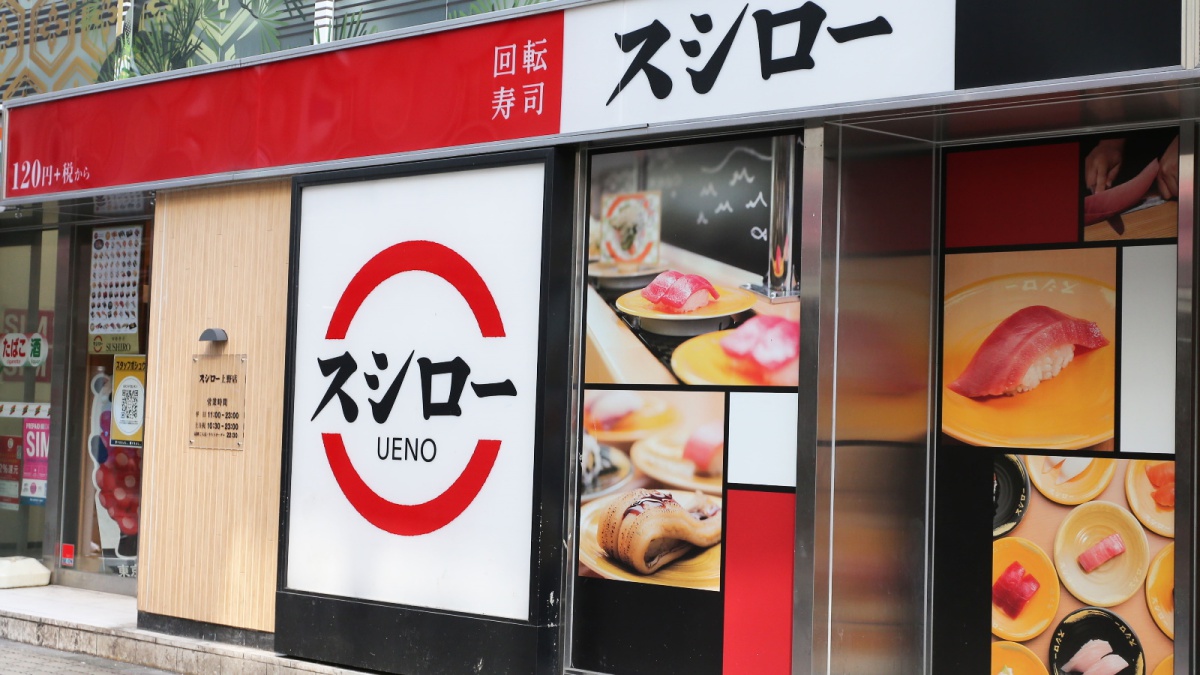
Sushiro wrestler newly promoted to ozeki rank
Sushi restaurant in Yamaguchi [SUSHILIVE comment] -


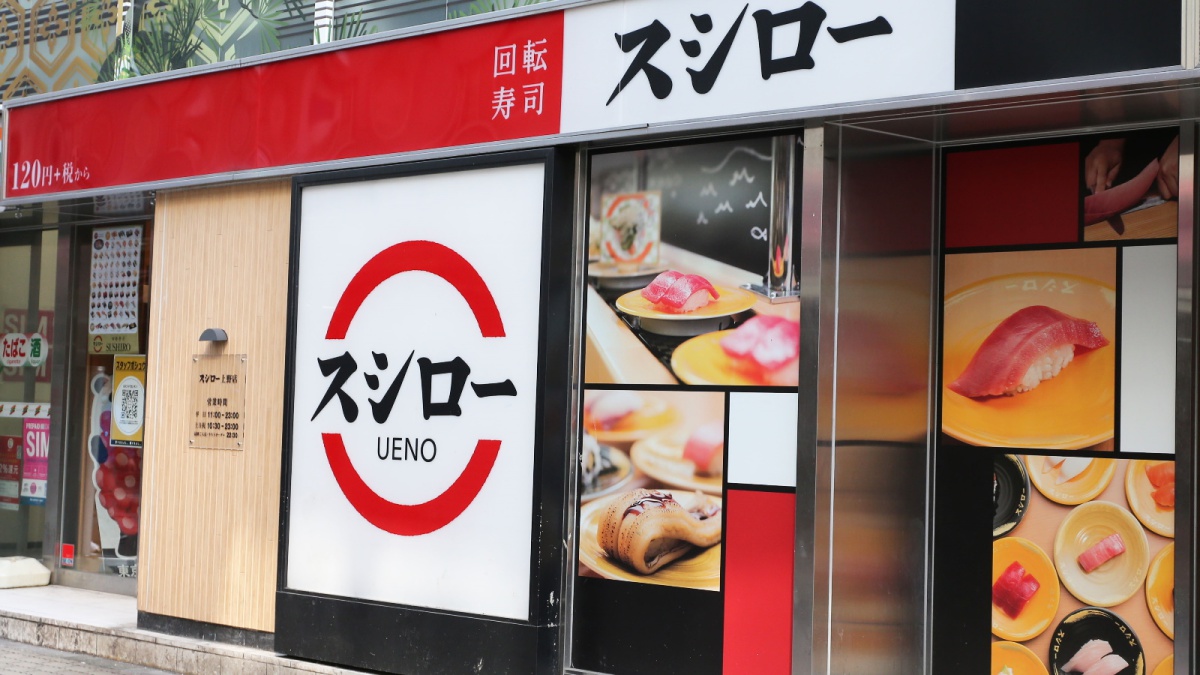
Sushiro Zhou Nan Tsuji
Sushi restaurant in Yamaguchi [SUSHILIVE comment] -


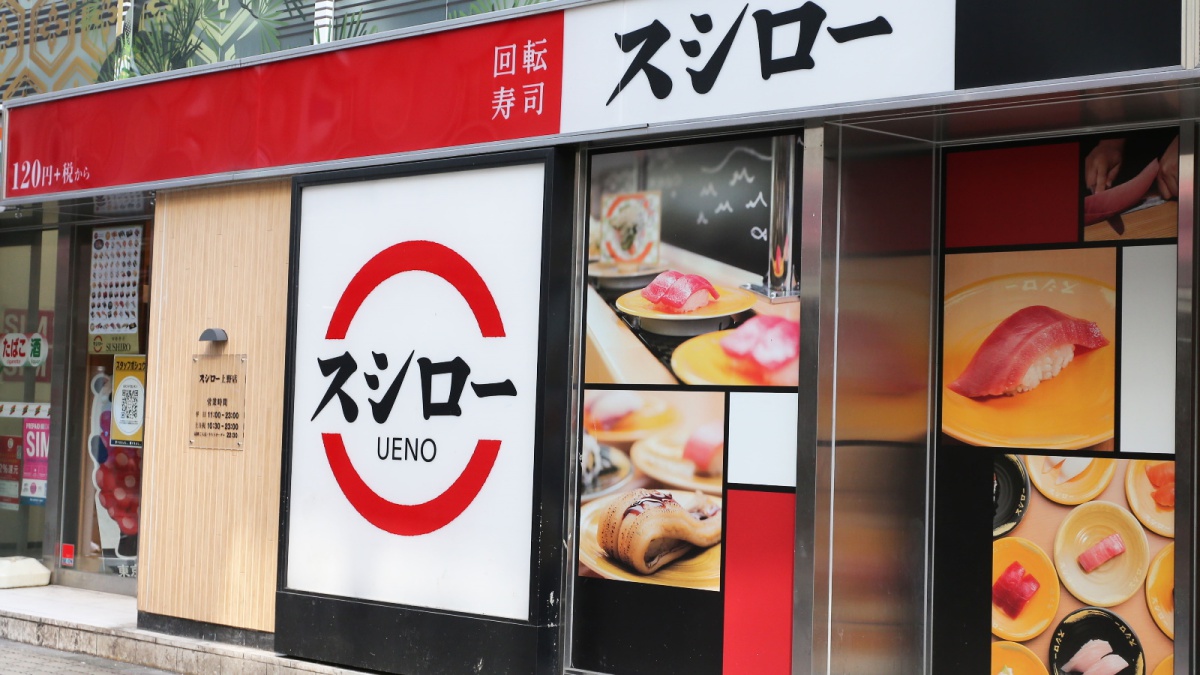
Sushiro Ube-Tsumasaki Kaisaku
Sushi restaurant in Yamaguchi [SUSHILIVE comment] -


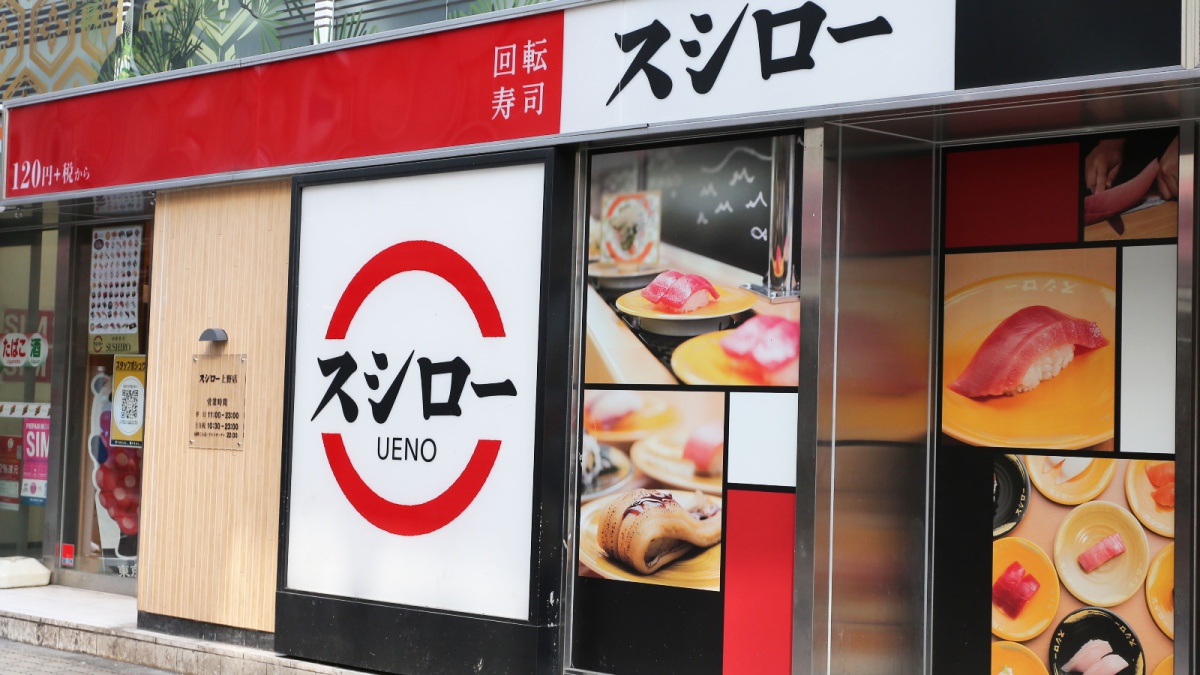
Sushiro Shimonoseki Muguno
Sushi restaurant in Yamaguchi [SUSHILIVE comment] -


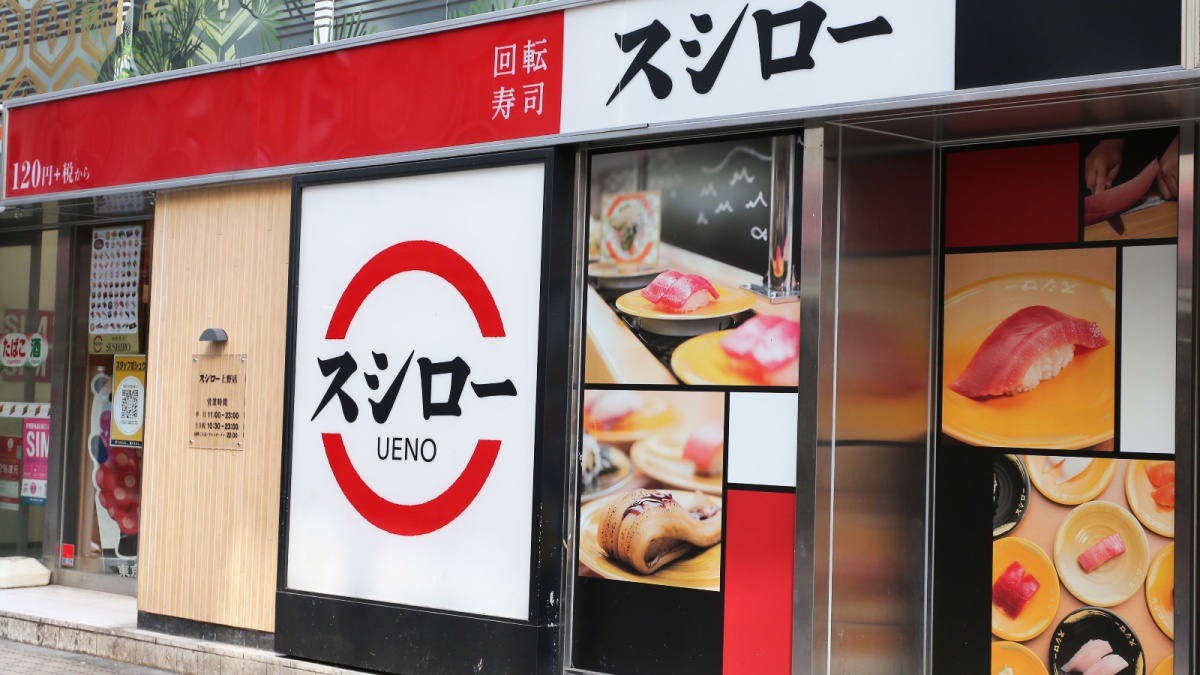
Sushiro Hagi Tuhara
Sushi restaurant in Yamaguchi [SUSHILIVE comment] -


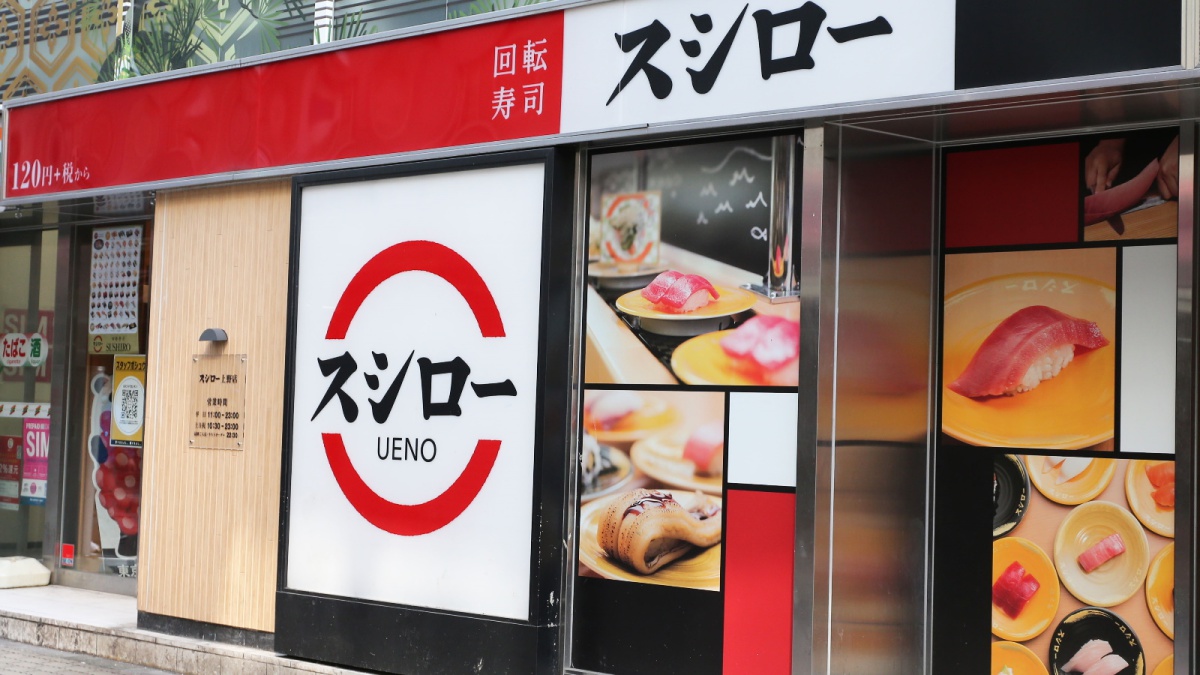
Sushiro Yamaguchi Kanda
Sushi restaurant in Yamaguchi [SUSHILIVE comment] -


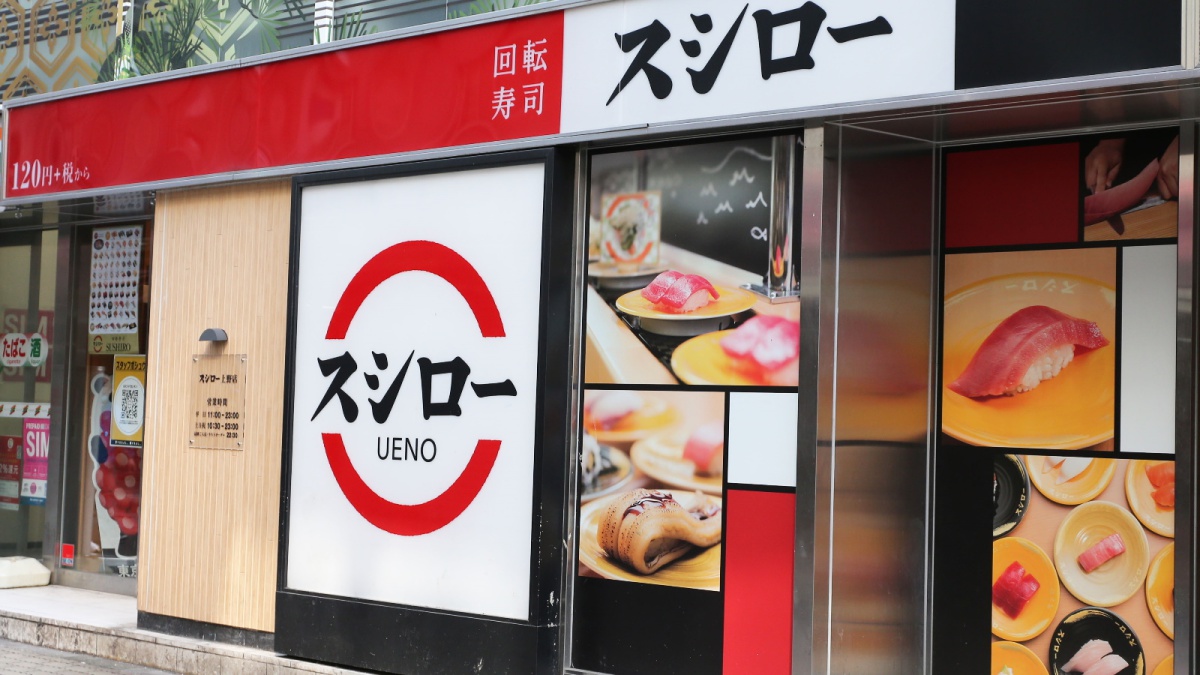
Sushiro Hofu
Sushi restaurant in Yamaguchi [SUSHILIVE comment] -


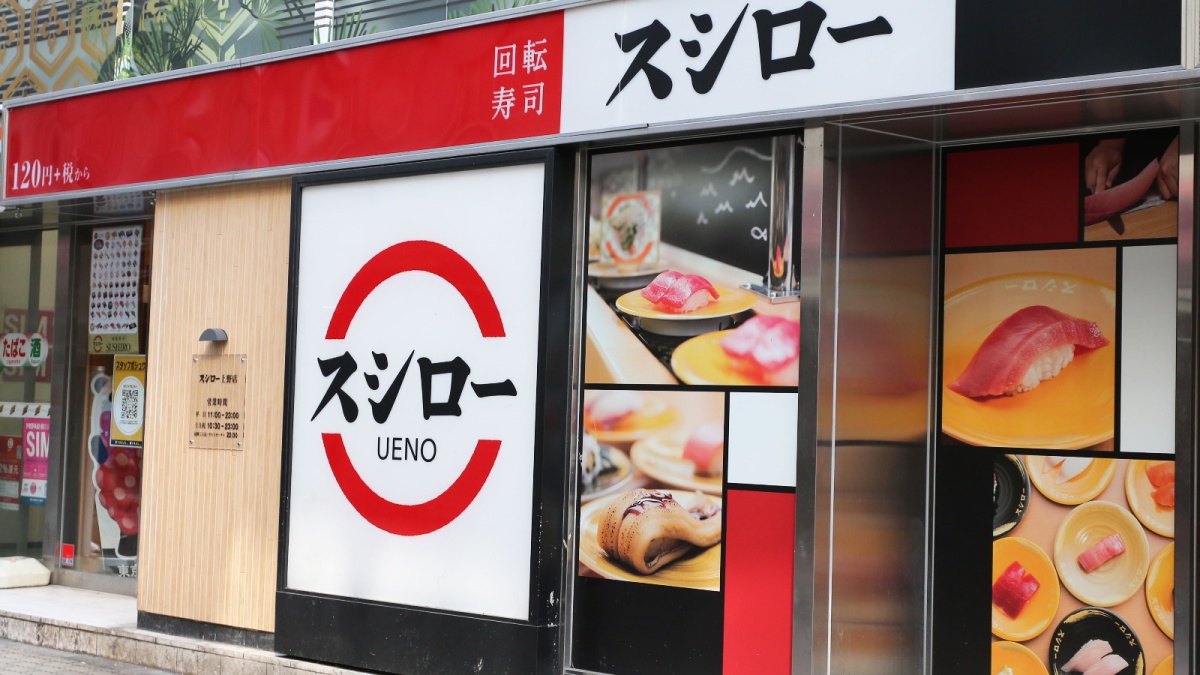
Sushiro Ube Enda (1941-), Japanese politician, prime minister 1996-1998
Sushi restaurant in Yamaguchi [SUSHILIVE comment] -


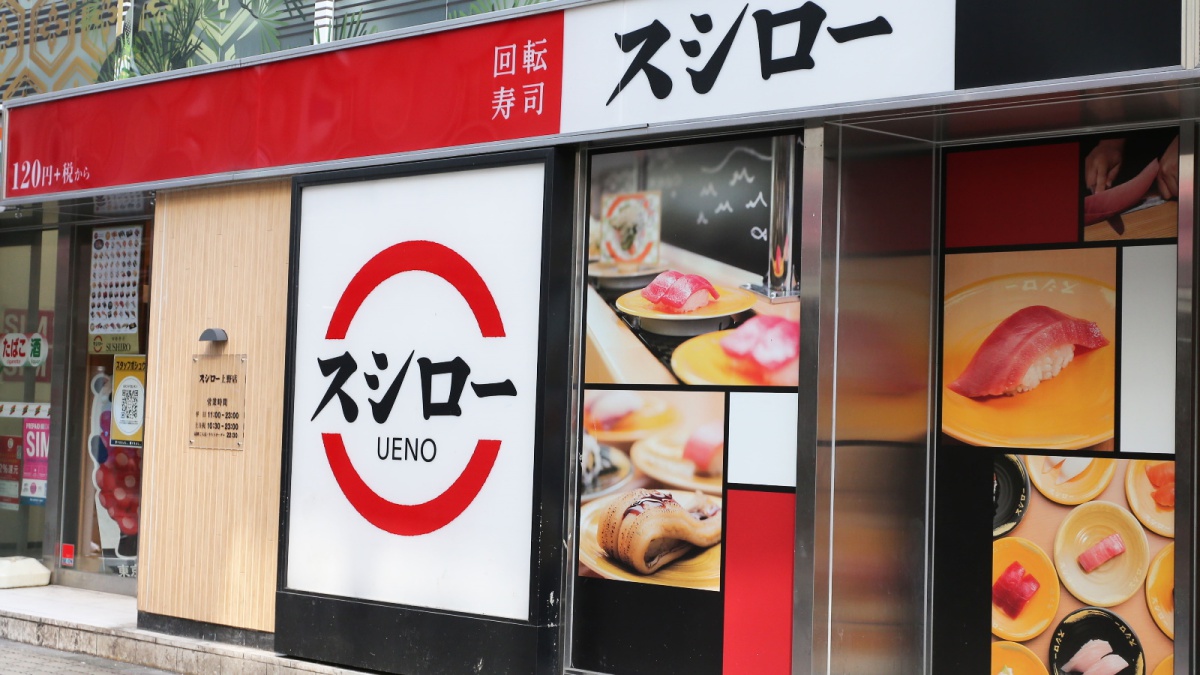
Sushiro Iwakuni linen
Sushi restaurant in Yamaguchi [SUSHILIVE comment] -


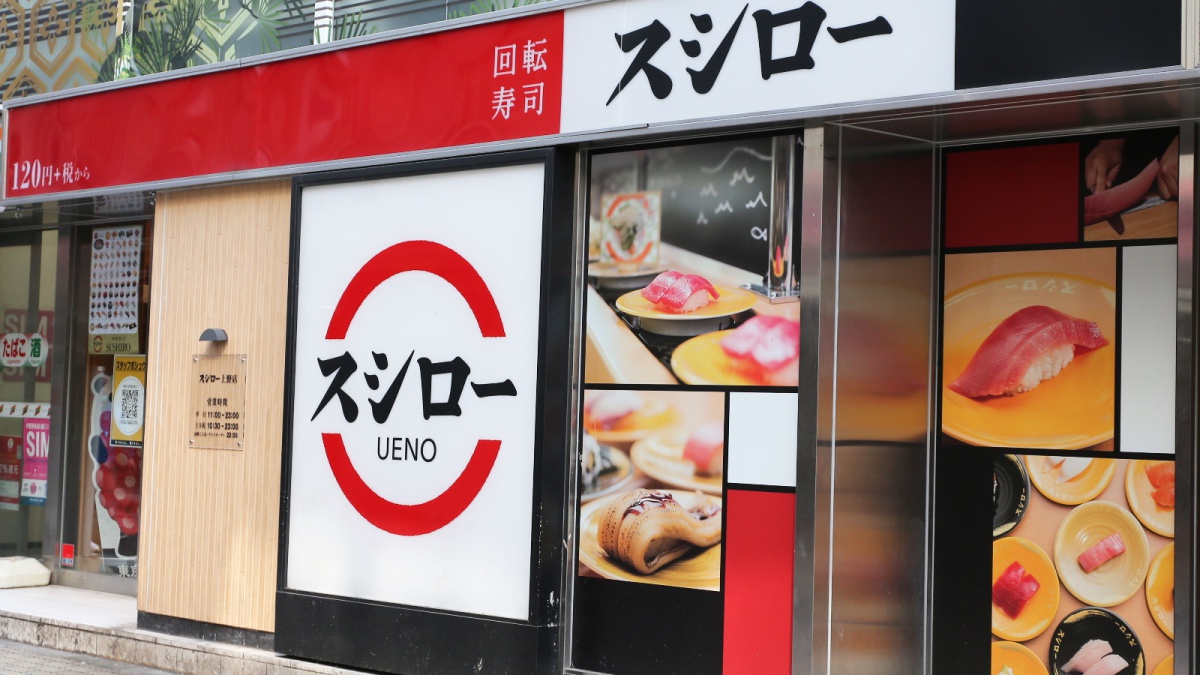
Sushiro Kōsanae River
Sushi restaurant in Yamaguchi [SUSHILIVE comment] -


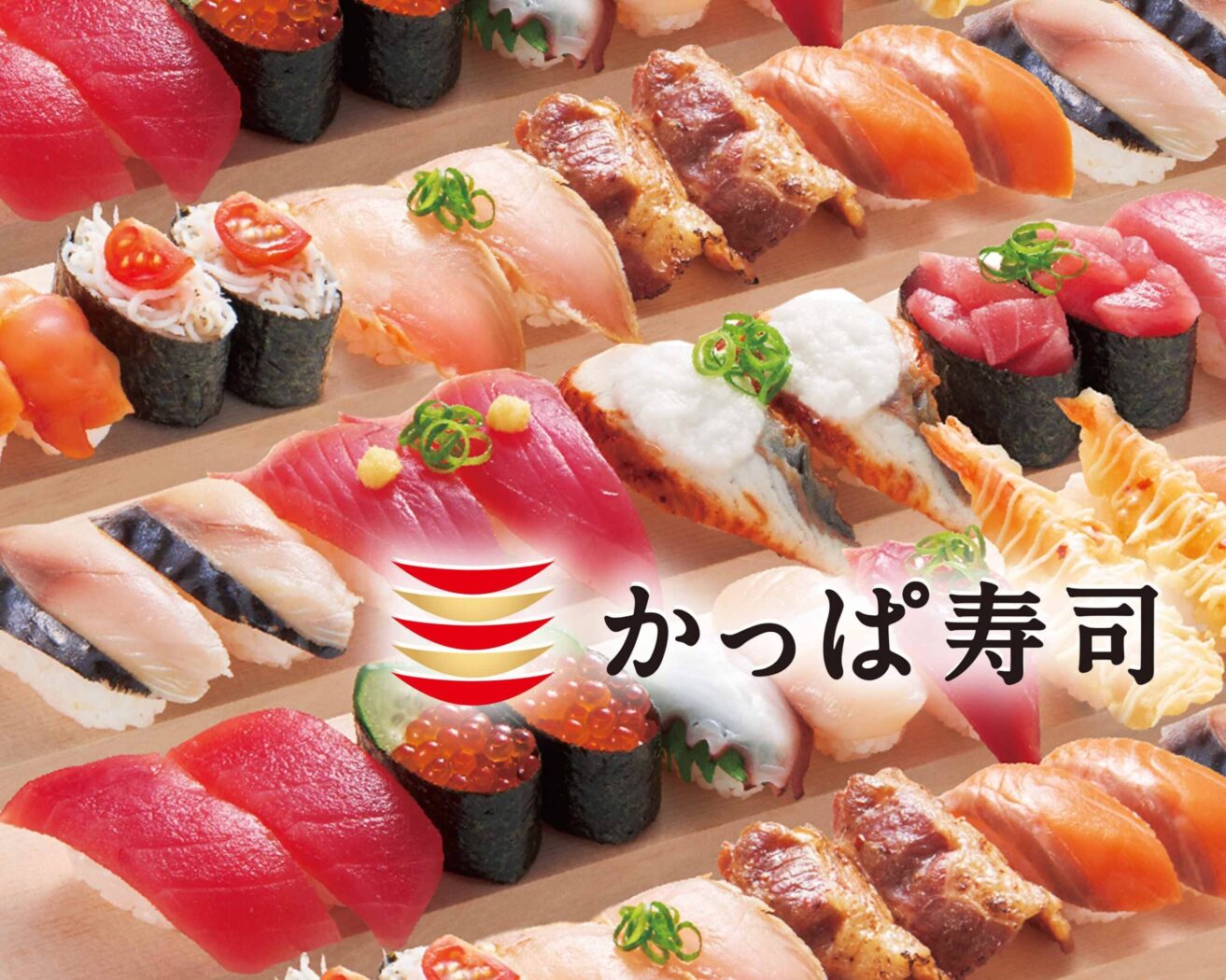
Kappa sushi Shin-Shimonoseki Store
Sushi restaurant in Yamaguchi [SUSHILIVE comment] -


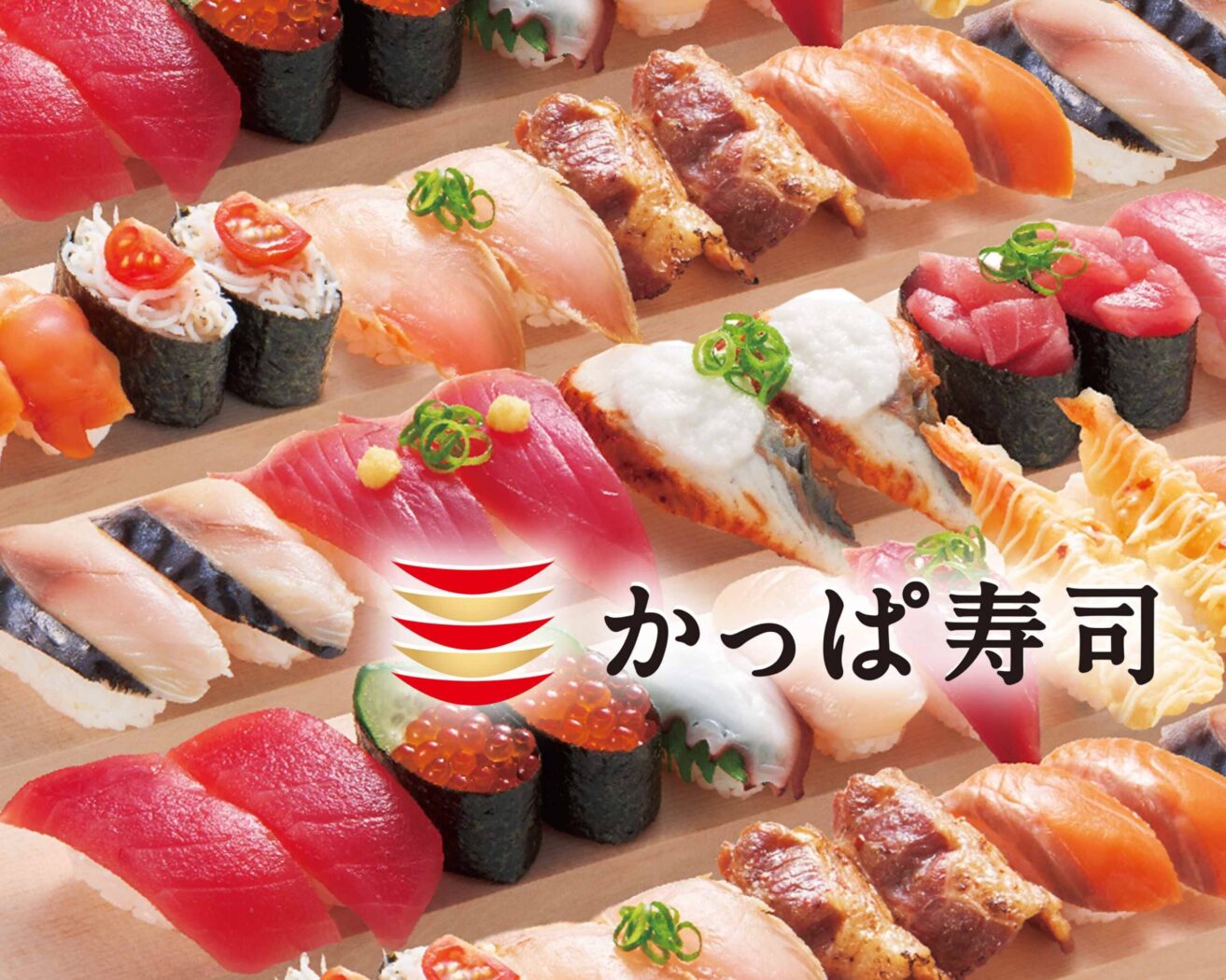
Kappa sushi Nitori Shimomatsu
Sushi restaurant in Yamaguchi [SUSHILIVE comment] -


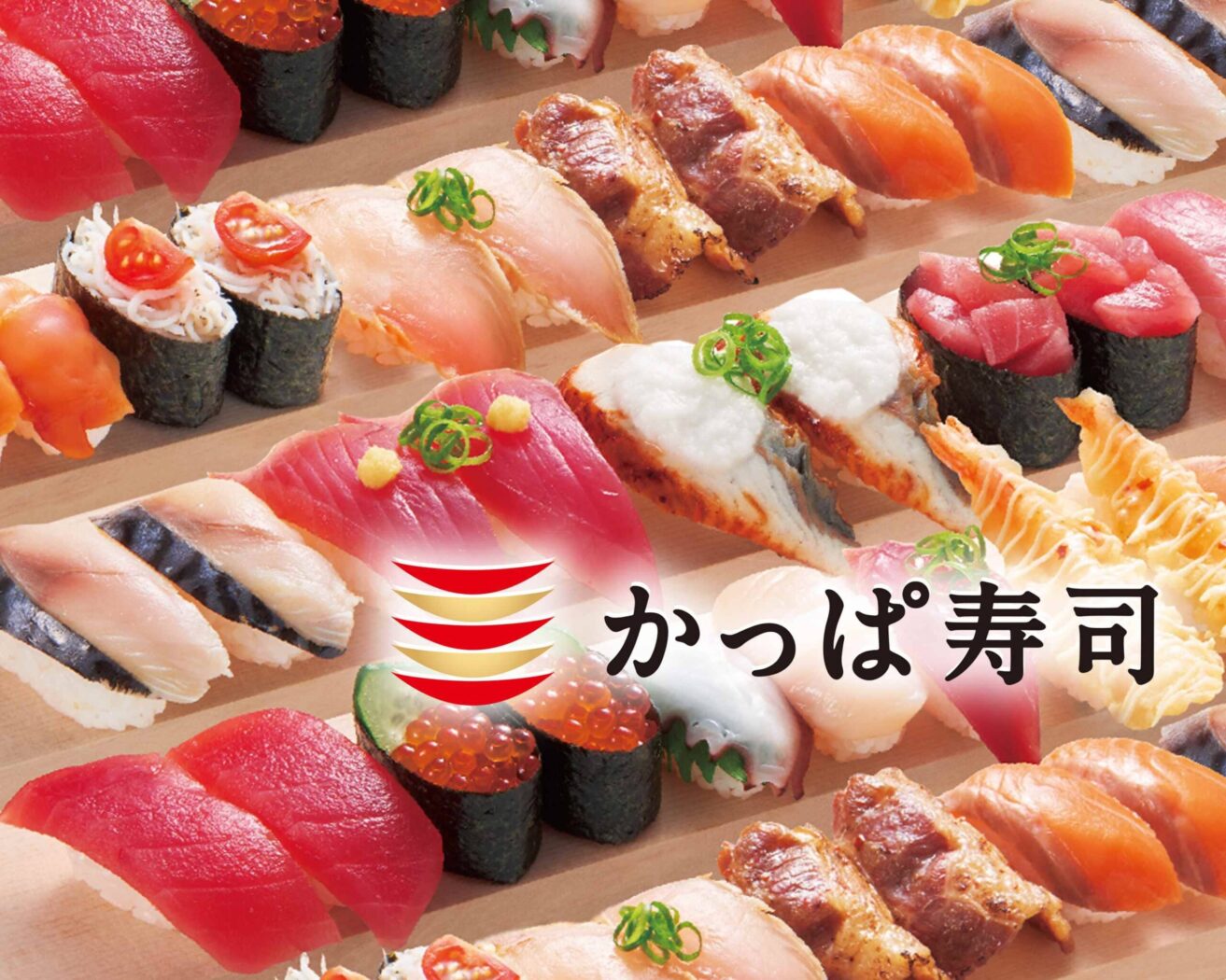
Kappa sushi Yamaguchi store
Sushi restaurant in Yamaguchi [SUSHILIVE comment] -


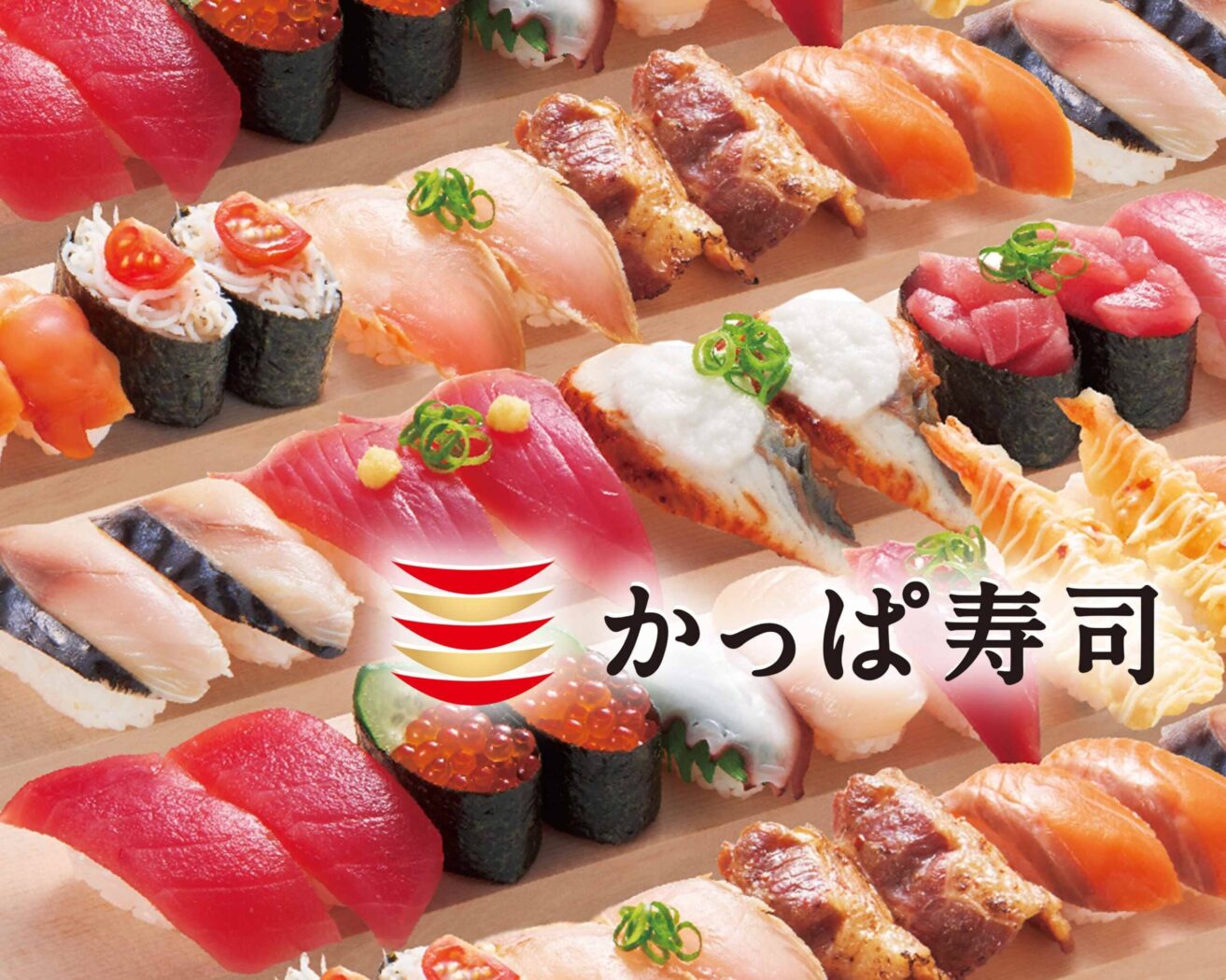
Kappa sushi Hofu Store
Sushi restaurant in Yamaguchi [SUSHILIVE comment] -


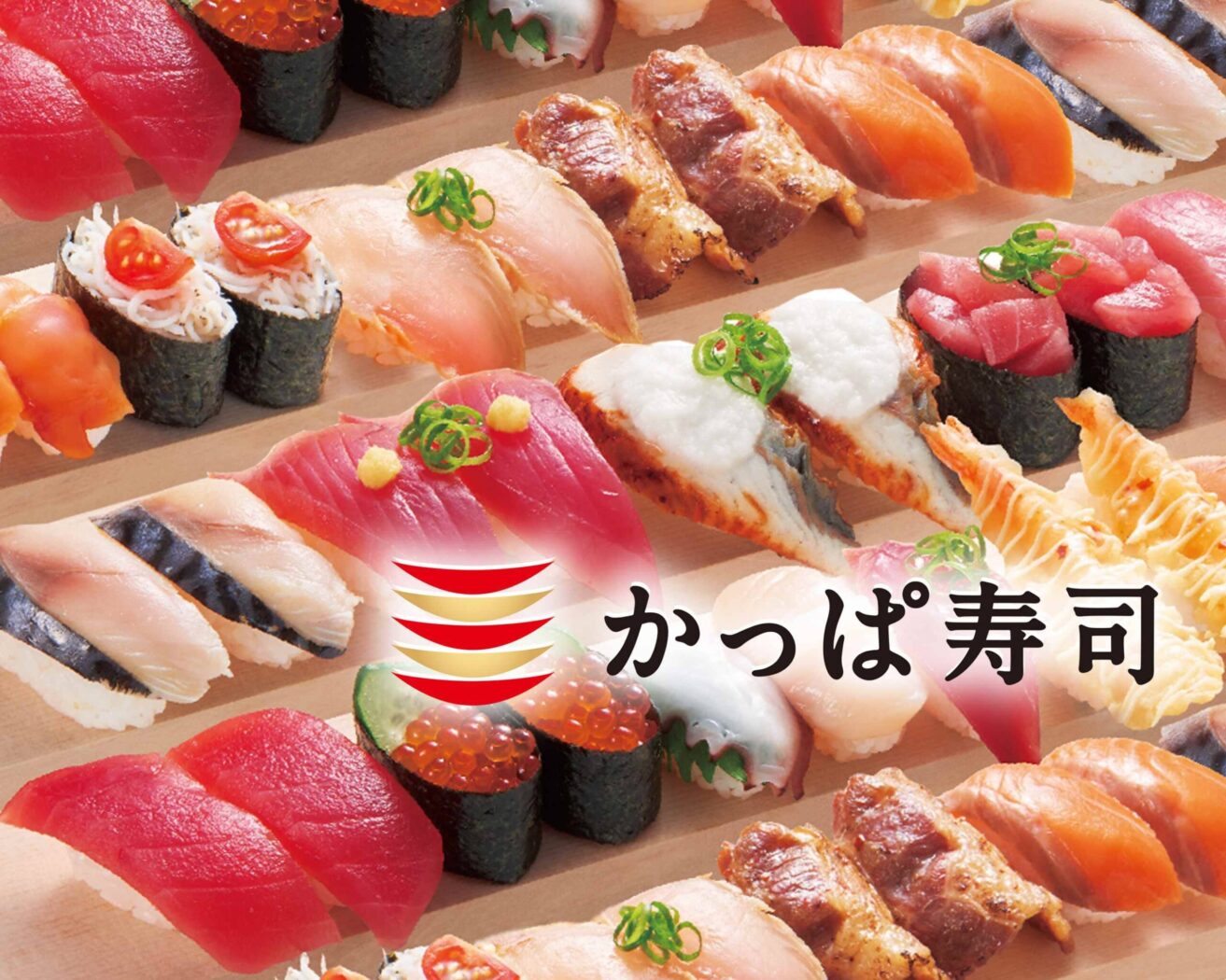
Kappa sushi Ube store
Sushi restaurant in Yamaguchi [SUSHILIVE comment]
Characteristics of Yamaguchi’s Cuisine
Yamaguchi: A Treasure Trove of History and Nature Between Mountains and Sea
Located at the western edge of the Chugoku region, Yamaguchi Prefecture is a land blessed with beautiful nature and rich historical culture, nestled between mountains and sea. The northern part boasts the Chugoku Mountain Range, creating a landscape rich in forest resources and clear streams. The southern part is graced by the Seto Inland Sea, known for its mild climate and beautiful coastline.
Yamaguchi City, located near the center of the prefecture, is the capital. It thrived as a castle town of the Choshu domain from ancient times and is known as a stage where many activists of the Bakumatsu and Meiji Restoration period played significant roles.
Ube City is Yamaguchi’s largest industrial city. It developed around the coal industry and continues to thrive with chemical and machinery industries.
Shimonoseki City, a port city at the westernmost tip of Honshu, has prospered as a trading hub with the continent from ancient times, thanks to its proximity to Kyushu across the Kanmon Straits.
Agriculture is also thriving in Yamaguchi Prefecture. Notably, “Kinkawa mikan” oranges cultivated in the Kinkawa river basin and “fugu” pufferfish farmed in the Suo-Nada Sea are famous nationwide.
Recently, tourism has also been a focus, with popular destinations including the World Heritage Site “Hagi Castle Ruins,” “Motono Sumi Shrine,” and “Kawatana Onsen,” known for its beautiful natural scenery. Thus, Yamaguchi Prefecture is a land of harmony between nature, history, culture, and industry.
Culture and Spirit Nurtured by Mountains and Sea
Surrounded by mountains and sea, Yamaguchi Prefecture has cultivated a unique culture and spirit from ancient times. The rich natural environment has supported people’s lives since the Jomon period. During the Yayoi period, exchanges with the Chinese mainland flourished, leading to the development of a unique culture.
In the Kofun period, it thrived as a vital transport hub between the Kinai region and Kyushu, with many burial mounds constructed. During the Muromachi period, the Ouchi clan based in Yamaguchi flourished as a cultural city, known as “the Kyoto of the West.”
In the Edo period, as the Choshu domain, it resisted the shogunate and became a driving force behind the Meiji Restoration. The climate of Yamaguchi Prefecture is reflected in the temperament of its people: open-minded, proactive, and willing to take on new challenges, yet also reverent towards nature and valuing tradition.
These cultures and spirits, nurtured by history and geography, continue to be passed down in modern Yamaguchi Prefecture. It is a land of unique charm, where rich nature, historical culture, and the warmth of its people captivate all who visit.
The Bounty of the Sea and the Mountains
Yamaguchi Prefecture is blessed with a rich natural environment, surrounded by mountains and sea, fostering a unique food culture. Famous seafood includes fugu from Shimonoseki, conger eel nurtured by the currents of the Kanmon Straits, and oysters from the Seto Inland Sea. The mountains provide wild boar, mushrooms, and sweetfish from the clear streams.
Local Yamaguchi dishes include “kawara soba,” “Iwakuni sushi,” and “uiro.” Kawara soba involves grilling tea soba on a hot tile and topping it with ingredients like shredded egg and meat. Iwakuni sushi is a pressed sushi made with ingredients like shredded egg, mushrooms, and cucumber. Uiro is a steamed sweet made from rice flour, sugar, and malt syrup. Recently, creative dishes using Yamaguchi ingredients have also gained popularity. Yamaguchi is truly a treasure trove of food, with its array of dishes made from fresh seafood and mountain delicacies enchanting visitors.
Tradition and Innovation in Yamaguchi’s Sushi
Yamaguchi Prefecture, nurtured by its rich natural environment and historical culture, boasts a unique food culture, with sushi representing one of its traditional cuisines. Yamaguchi sushi, distinct from Edo-mae sushi, is characterized by the harmony between fresh seafood and vinegared rice.
In Shimonoseki City, “fugu sushi” using fresh fugu from the Kanmon Straits is popular. The thinly sliced fugu is enjoyed with ponzu sauce and grated daikon, offering a refreshing taste. Ube City is known for “oyster sushi” made with oysters from the Seto Inland Sea, beloved for their rich flavor, especially in winter. Yamaguchi City is famous for “pressed sushi,” wrapped with ingredients like shredded egg, mushrooms, and cucumber, appealing both visually and for its convenience as a takeaway option.
Recently, Yamaguchi’s sushi chefs are preserving traditional techniques while also exploring new creative sushi styles, using local ingredients to further evolve Yamaguchi’s food culture.
Treasures Born from the Bounty of Sea and Mountain
Yamaguchi Prefecture, blessed with a rich natural environment surrounded by mountains and sea, produces various renowned products. Famous for its seafood, Shimonoseki boasts fugu, conger eel from the Kanmon Straits, and oysters from the Seto Inland Sea. The mountains yield wild boar, mushrooms, and sweetfish.
Traditional crafts include Hagi ware, Ouchi lacquerware, and Akama inkstones. Hagi ware is a type of pottery that originated from Korean techniques in the early Edo period, known for its rustic and warm texture. Ouchi lacquerware, dating back to the Muromachi period, is known for its elegant designs in red and black. Akama inkstones, produced since the Nara period, are valued for their smooth texture and deep allure.
Recently, processed products using Yamaguchi ingredients and goods incorporating traditional crafts have also gained popularity.

